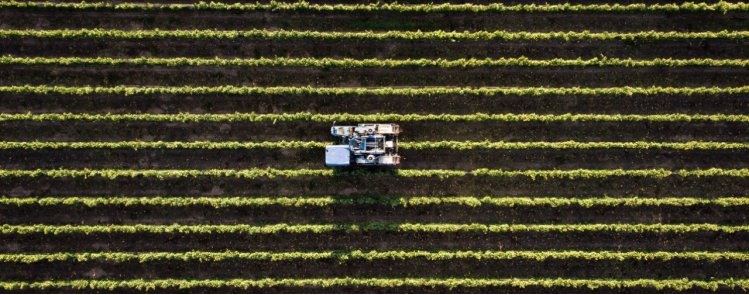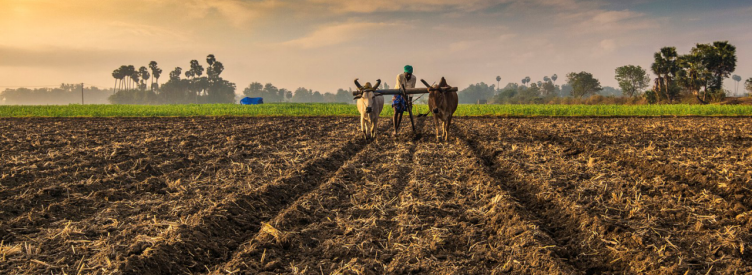Smart farming is a fairly new term and the majority of farmers are not familiar with what exactly stands behind it. In this post we will shed light onto the concept of smart agriculture and why it is the future of farming.
As the pressures of globalization and modernization increase over time, traditional farming practices and knowledge become obsolete. These pressures have created a shift away from a food system dependent on millions of farmers to a system controlled by few agribusinesses.
Smart farming practices emphasize production, capital gain, input intensity and crop consistence. In contrast, traditional agricultural practices emphasize localization, biodiversity, shared genetic resources and a cultural appreciation for many different crops.


Shifts from traditional farming to smart farming will have significant implications for the biodiversity of cultivated and wild plants. In the face of global environmental problems, it is essential that agriculture remains resilient to maintain and increase food security. Cultural and biological diversity are essential to agricultural resilience; if one method or crop fails, there are many to compensate. Cultural diversity can maintain biodiversity if the pressure to modernize is reduced and the number of conservation projects continue to grow.
“The ultimate goal is increasing the quality and quantity of the crops while optimizing the human labor used”
Smart farming uses advanced technology, it is less labor intensive than traditional agriculture, and the yield quantity is larger. In that case the Autofarm has produced power weeder, mini power weeder and coconut dehusking machine plays a major role increasing the quality and quantity of the crops while optimizing the human labor used.
Everything in this world expects change and speed, so does the farming!
It’s time to welcome the smart farming by owning the Autofarm’s power weeder and mini power weeder for deweeding and ridge formation and Dehusking machine to dehusk the coconut which needs more labour.
